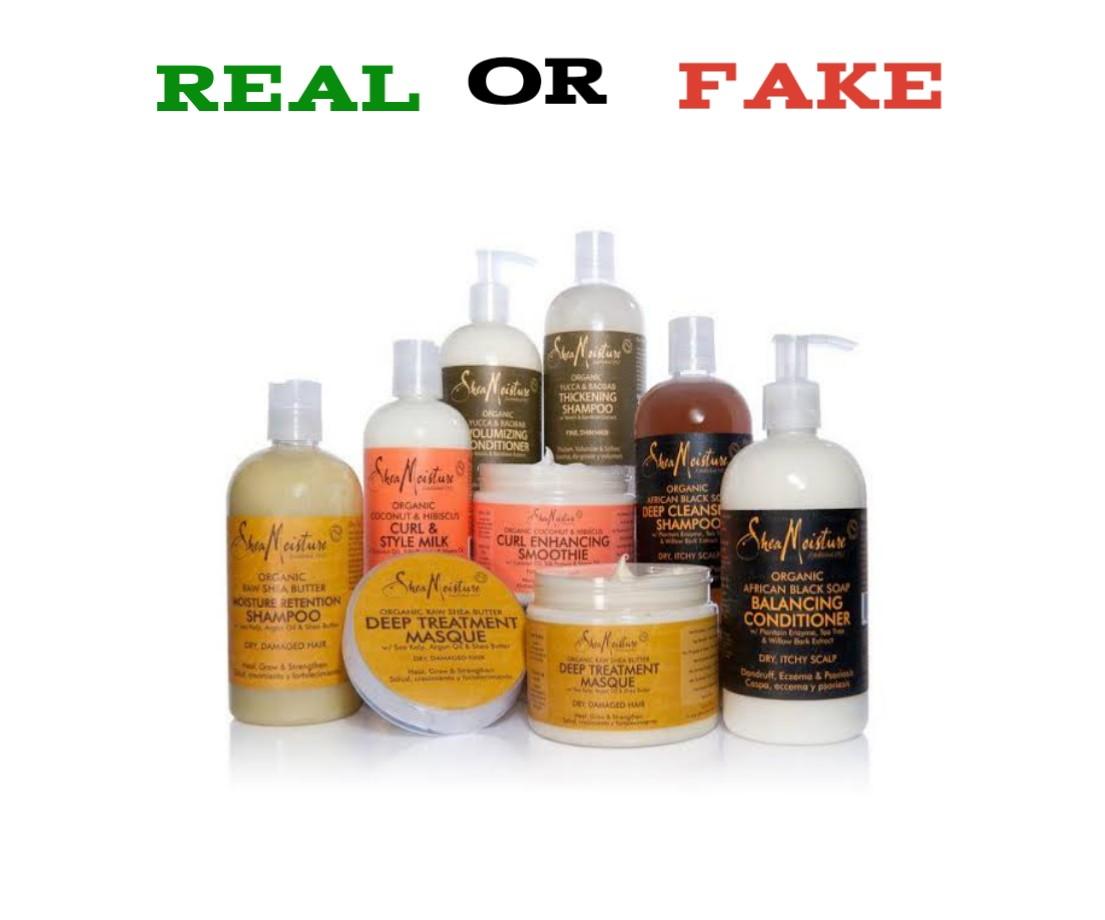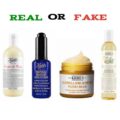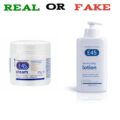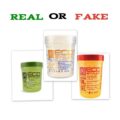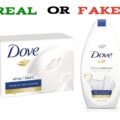Gone are the days when you pick up a beauty product and you know for sure you are holding the real thing. The market today is full of imitations and fake products and it’s quite probable that you too might have been duped at some point in time or the other by a product that appeared convincingly authentic. Fake products can be harmful for your skin as they are often made using relatively harsher chemicals, ingredients of a cheaper quality and haven’t passed any quality control measures.
The spread of fake or counterfeit beauty products has become so problematic that the U.S. Department of Homeland Security launched a division called Operation Plastic Beauty, designed specifically to prevent its expansion. The results of one investigation revealed that 20 of 47 products purchased from third-party sellers were counterfeit. In each case, the seller had a customer rating of at least 90 percent, instilling misplaced trust that can hurt the end consumer.
SheaMoisture is the legacy of Sofi Tucker, a pioneering mother of four and entrepreneur, who sold Shea Butter, African Black Soap and homemade beauty preparations in Sierra Leone in 1912. To honor her vision, the company continues to formulate their products with raw shea butter handcrafted by women in Africa.
Shea Moisture is also sustainably sourced and produced, plant-based, and non-toxic with: No Parabens. No Phthalates. No Mineral
How To Spot Fake Shea Moisture Products
As a general rule, if the Shea Moisture product isn’t coming directly from the manufacturer or its authorized sellers (even if it’s from a giant online retailer) there is a high probability that it is fake. When purchasing Shea Moisture products always;
Buy from a reputable seller: When you purchase Shea Moisture products directly from an authorized retailer, you know what you’re getting. Elsewhere on the Internet, it’s not so clear. Websites that work with third parties—which many, many people turn to for their beauty products—are hotbeds for fakes, and if you think you’re getting a great deal on something that’s usually super expensive or sold out elsewhere, chances are it’s probably too good to be true. And if you’re coming across a sought-after palette by way of a street vendor, you’re going to want to steer clear.
Check the reviews: If you are going to buy Shea Moisture on Amazon, for example, which has many third-party sellers, it’s important to research by reading a seller’s reviews. If a seller has repeated negative reviews, or reviews that your gut tells you are ‘staged’ or ‘fake’ because they all contain nearly the exact same language, do not purchase your product from that seller even if the price is so compelling and attractive.
Don’t trust the packaging: Back in the day, you could spot a counterfeit based solely on shoddy packaging. Now, that’s a lot harder to do. When we first started looking into counterfeit products years ago, there were some obvious red flags print would easily rub off, packaging looked haphazard, safety seals were missing. Now, the packaging can look almost identical. In other words, just because something looks legit doesn’t mean that it actually is, so it’s important to test the actual product or check out the retailer before slathering it all over your face.
Spot test: Testing new products on your arm or hand is always important, but it’s especially important in the case of counterfeits. If a Shea Moisture product you’ve been using forever is suddenly giving you contact dermatitis when you try it on your wrist, it’s a good sign that it’s fake. ALSO SEE: How To Spot Fake E45 Cream And Lotion


